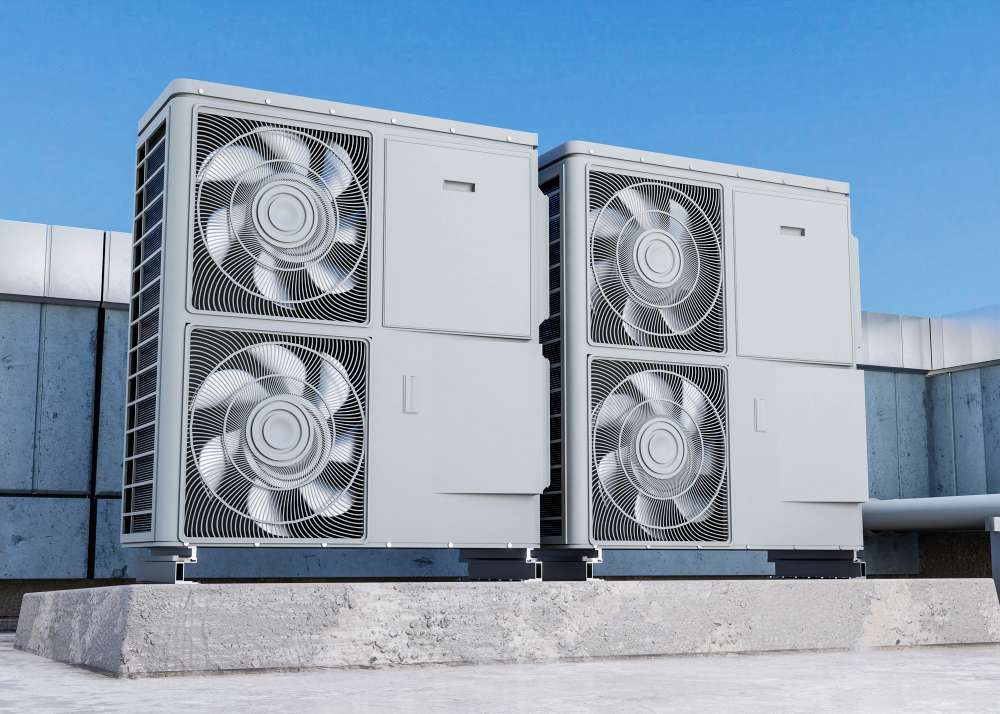In the intricate dance of construction, an unsung hero orchestrates comfort, efficiency, and safety—HVAC systems. Heating, Ventilation, and Air Conditioning (HVAC) play a pivotal role in civil construction, ensuring that the spaces we build are not just structures but environments where people thrive. In this blog, we'll delve into the essential functions, innovations, and evolving landscape of HVAC systems in the dynamic realm of civil construction.
1. Creating the Ideal Climate
At the heart of HVAC systems is the ability to create and maintain the ideal indoor climate. Whether battling the sweltering heat of a scorching summer day or keeping the chill at bay during a frosty winter night, HVAC systems provide the necessary temperature control for optimal comfort.
2. Ventilation for Health and Safety
Ventilation is a linchpin in maintaining a healthy and safe environment within construction sites and completed structures. Proper airflow regulates temperature and ensures the constant exchange of fresh air, reducing the risk of airborne contaminants and enhancing overall air quality.
3. Energy-Efficient Solutions
In an era where sustainability is non-negotiable, HVAC systems are evolving to be more energy-efficient. From smart thermostats to advanced control systems, the focus is on minimizing energy consumption without compromising performance, offering economic and environmental benefits.
4. Integrating Renewable Energy
The synergy between HVAC systems and renewable energy sources is a game-changer. Integrating solar panels and geothermal systems into HVAC design exemplifies a commitment to cleaner, more sustainable construction practices, aligning with the green aspirations of modern civil projects.
5. Smart HVAC Controls
The rise of smart technology extends to HVAC systems, offering unprecedented control and monitoring capabilities. Smart HVAC controls allow for remote management, predictive maintenance, and real-time adjustments, ensuring optimal performance and energy efficiency.
6. Advanced Air Filtration
The importance of air quality has gained prominence, especially in the wake of health concerns. HVAC systems are now equipped with advanced air filtration technologies, mitigating pollutants, allergens, and particulate matter to create healthier indoor environments.
7. Addressing Climate Change Challenges
Climate change poses unique challenges for HVAC systems, requiring a shift in approach. From adapting to extreme weather conditions to incorporating climate-resilient materials, the construction industry is evolving to ensure HVAC systems remain effective in the face of a changing climate.
8. Future-proofing with Green HVAC Designs
Future-proofing construction projects involve embracing green HVAC designs and prioritizing energy efficiency, integration, and sustainability. This proactive approach aligns with environmental goals and positions construction projects for long-term success in a rapidly changing world.
9. Enhancing Construction Speed and Precision
HVAC systems contribute significantly to construction timelines. The ability to control temperatures ensures workers can operate efficiently year-round, minimizing weather-related delays. Additionally, prefabricated HVAC components streamline installation, reducing construction timelines and costs.
10. Meeting Regulatory Standards
HVAC systems are crucial to meeting stringent regulatory standards for indoor air quality and environmental impact. Compliance with these standards is not just a legal requirement but also a commitment to creating spaces that prioritize the health and well-being of occupants.
As we marvel at the architectural wonders that define the American landscape, it's crucial to recognize the silent powerhouse behind the scenes—HVAC systems. From maintaining comfort to promoting sustainability, these systems are integral to the success of civil construction projects. As technology advances, the role of HVAC in shaping the future of construction becomes increasingly pronounced. Embracing innovation, efficiency, and sustainability, HVAC systems stand as the unsung heroes, ensuring that the spaces we build are not just structures but living, breathing environments that stand the test of time.

